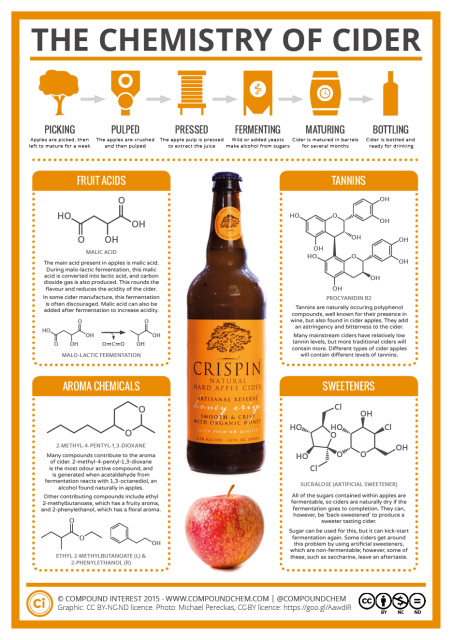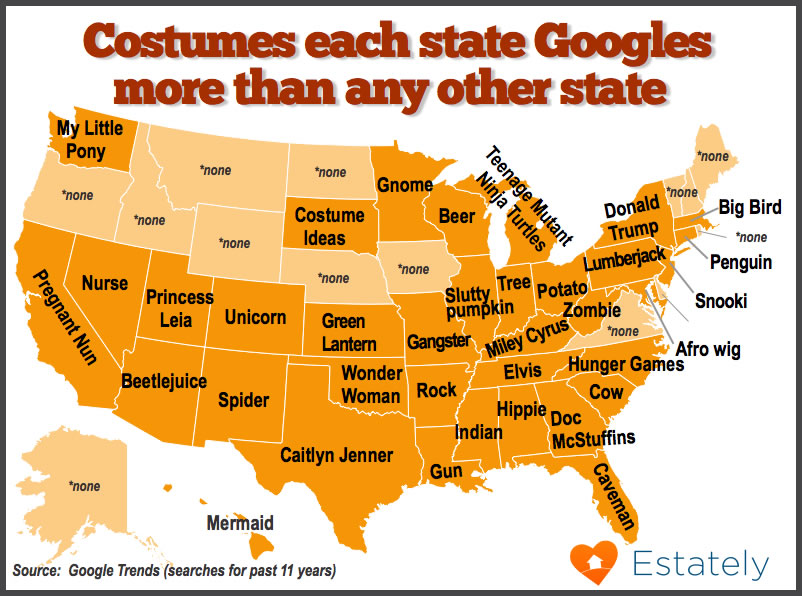Shaunacy Ferro is here to harsh your paranormal mellow with six possible explanations for ghostly activities:
1. ELECTROMAGNETIC FIELDS
For decades, a Canadian neuroscientist named Michael Persinger has been studying the effects of electromagnetic fields on people’s perceptions of ghosts, hypothesizing that pulsed magnetic fields, imperceptible on a conscious level, can make people feel as if there is a “presence” in the room with them by causing unusual activity patterns in the brain’s temporal lobes. […]
2. INFRASOUND
Infrasound is sound at levels so low humans can’t hear it (though other animals, like elephants, can). Low frequency vibrations can cause distinct physiological discomfort. Scientists studying the effects of wind turbines and traffic noise near residences have found that low-frequency noise can cause disorientation, feelings of panic, changes in heart rate and blood pressure, and other effects that could easily be associated with being visited by a ghost [PDF]. […]
3. MOLD
Shane Rogers, an engineering professor at Clarkson University, has spent the past few months touring reportedly haunted locations looking for not-so-paranormal activity: mold growth. Preliminary research indicates that some molds can cause symptoms that sound pretty ghostly—like irrational fear and dementia. […]
4. CARBON MONOXIDE POISONING
In 1921, a doctor named W.H. Wilmer published an odd story about a haunted house in the medical journal the American Journal of Ophthalmology. The family who lived in this haunted residence, called the H family in the medical literature, began experiencing weird phenomena when they moved into an old house—hearing furniture moving around and strange voices in the night, feeling the presence of invisible specters. They report being held down in bed by ghosts, feeling weak, and more. As it turned out, a faulty furnace was filling their house with carbon monoxide, causing aural and visual hallucinations. The furnace was fixed, and the H family went back to their lives, sans ghosts.
5. SOMEONE ELSE SAID IT WAS REAL.
In a 2014 study, Goldsmiths, University of London psychologists had participants watch a video of a “psychic” supposedly bending a metal key with his mind. In one condition, study subjects watched the video with a “participant” who was actually working with the researchers and professed to see the key bending. Those subjects were more likely to report that they saw the key bend than subjects who were paired with someone who asserted that the key didn’t bend or said nothing. […]
6. WE WANT TO BELIEVE.
“There is a motivational side to belief in ghosts,” French explains. “We all want to believe in life after death. The idea of our mortality is one we are not generally comfortable with.” Confirmation bias holds powerful sway over our perceptions. “We find it much easier to believe evidence for something we want to believe anyway,” he says.








